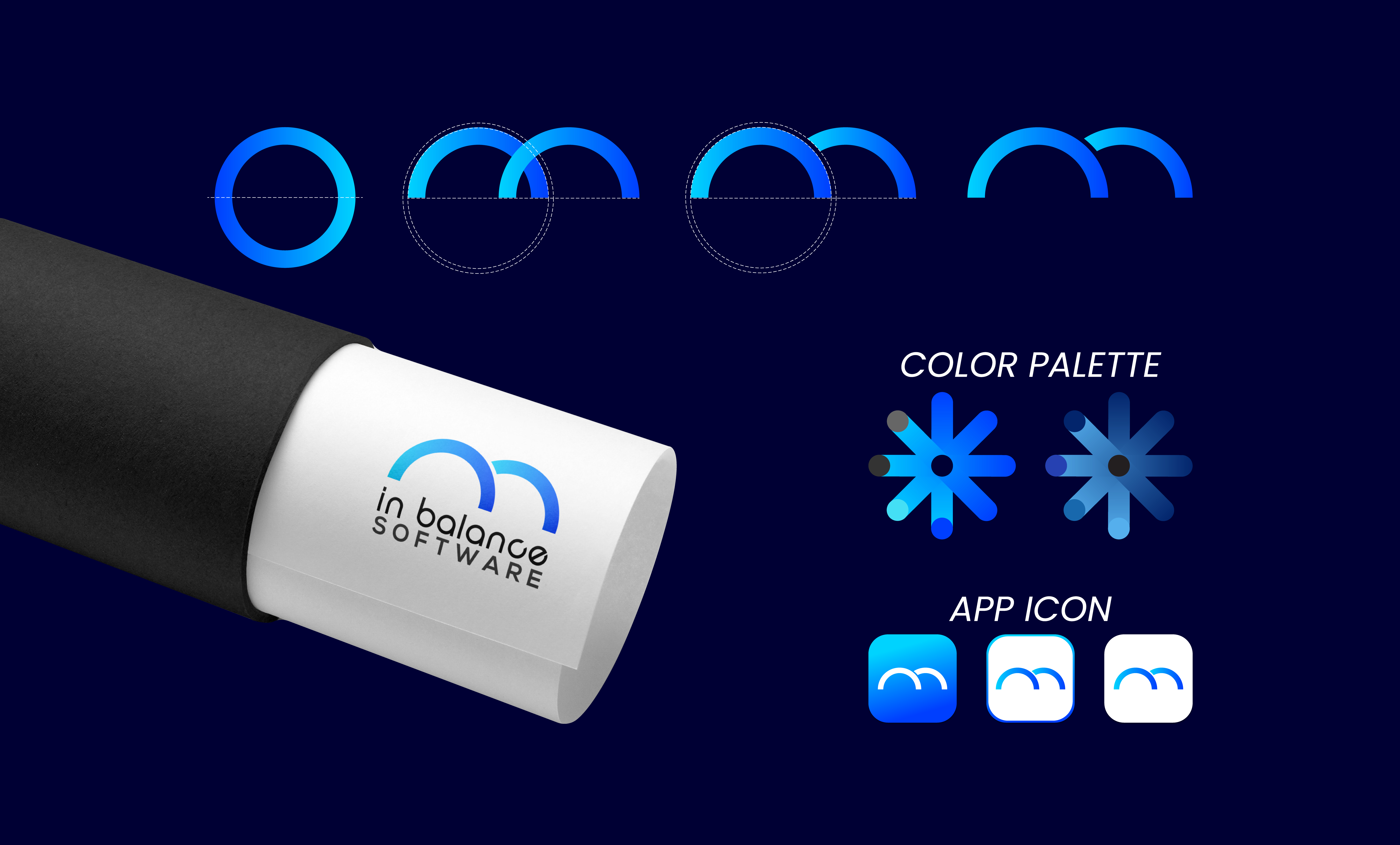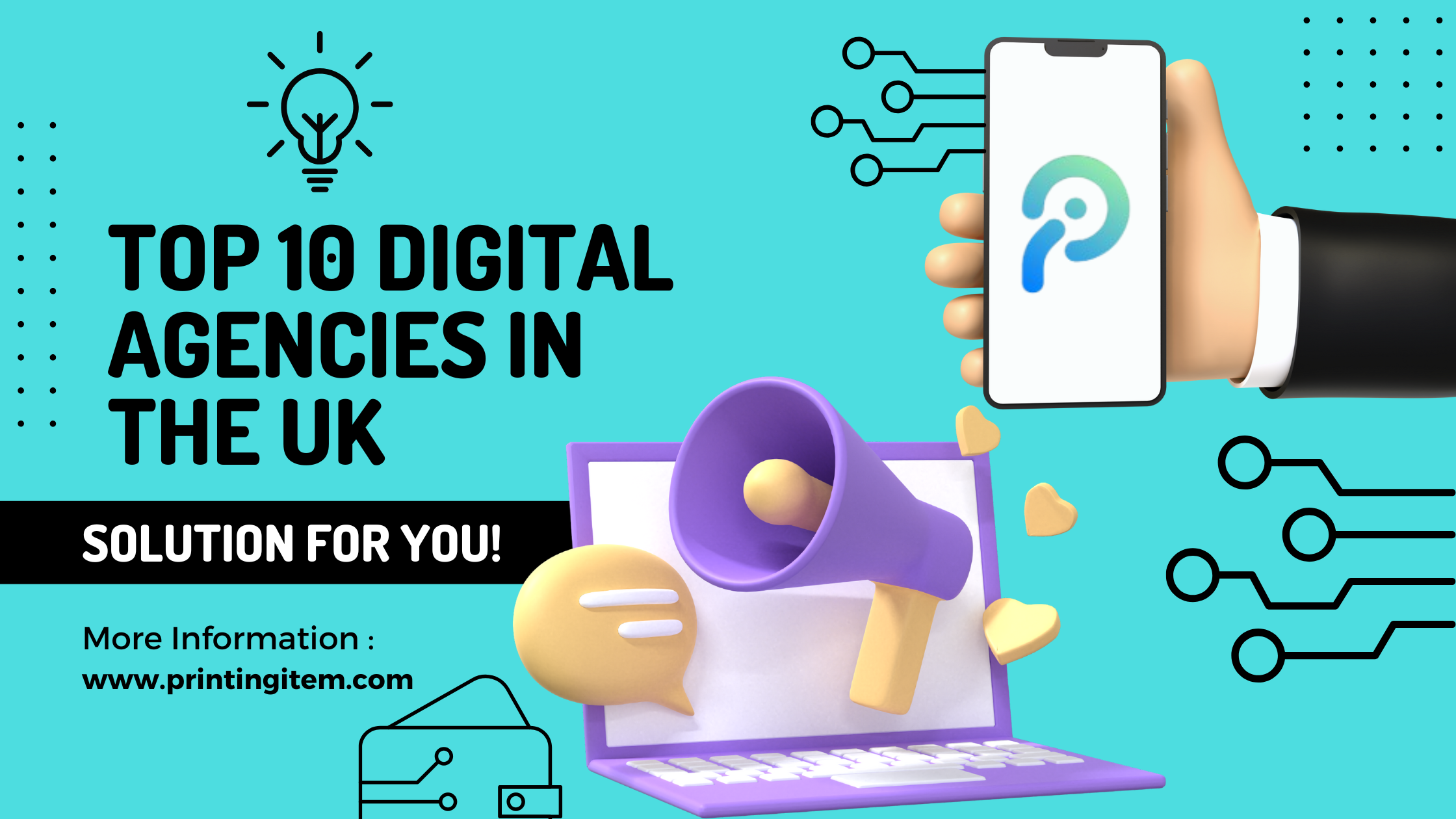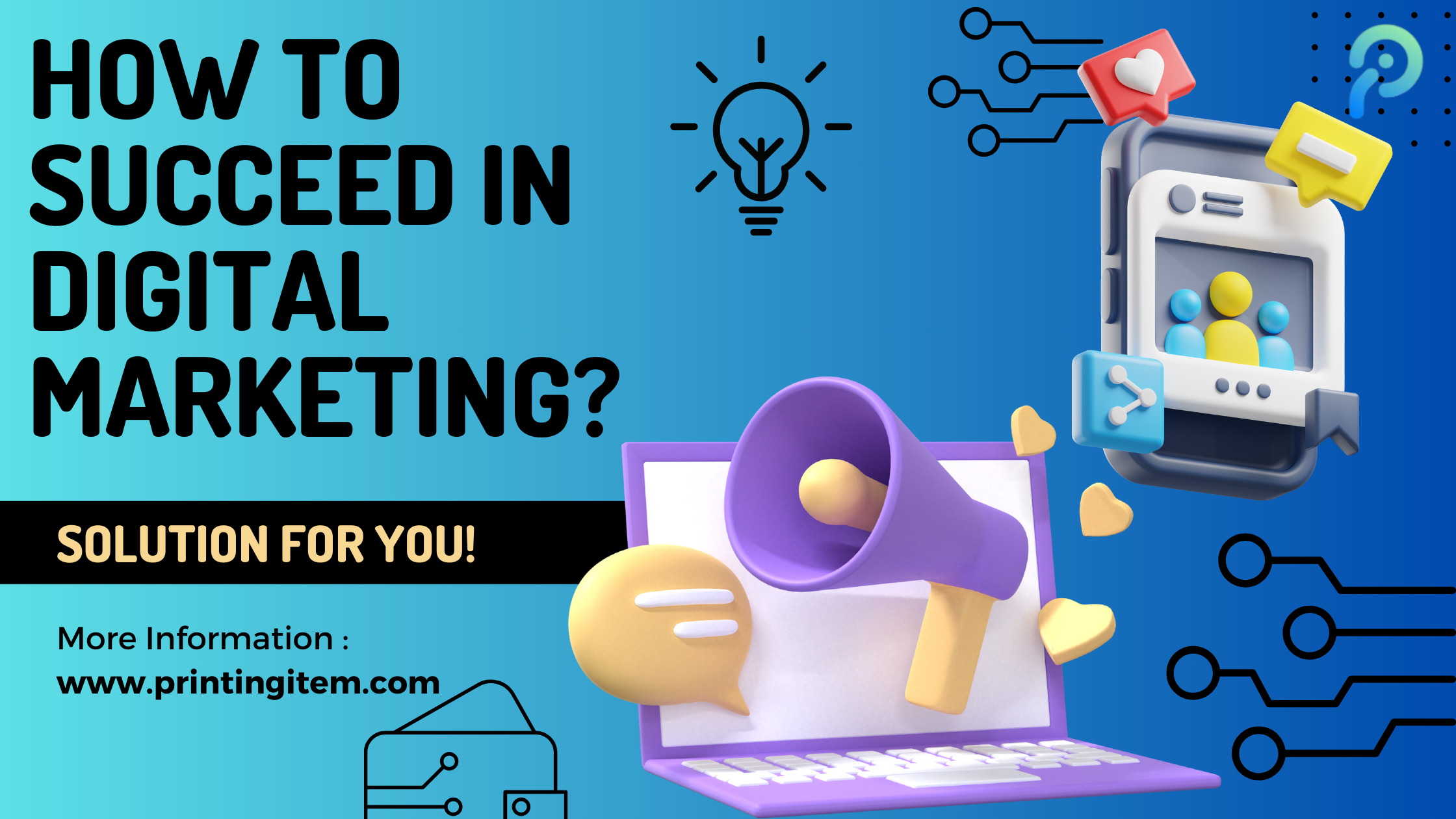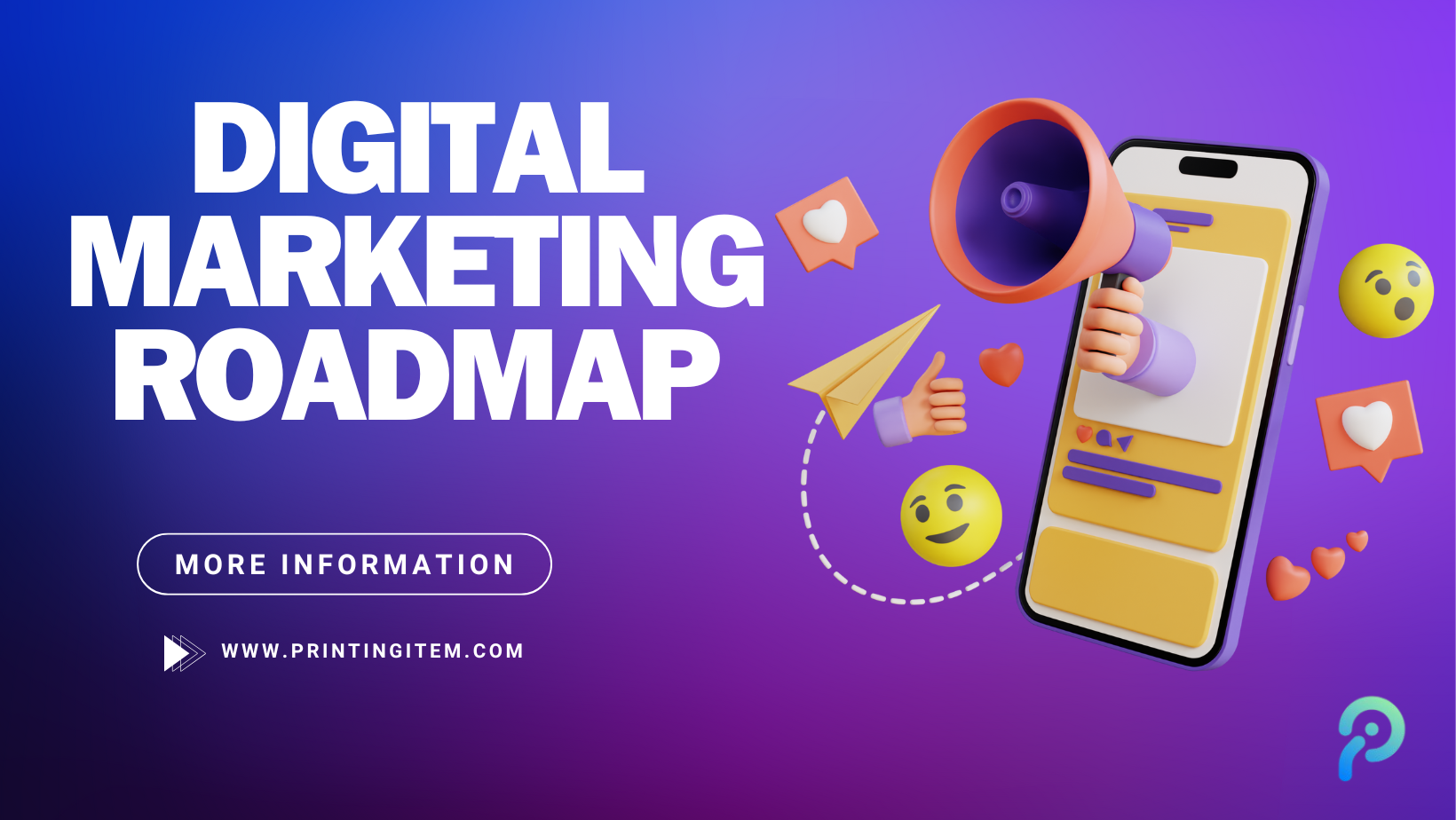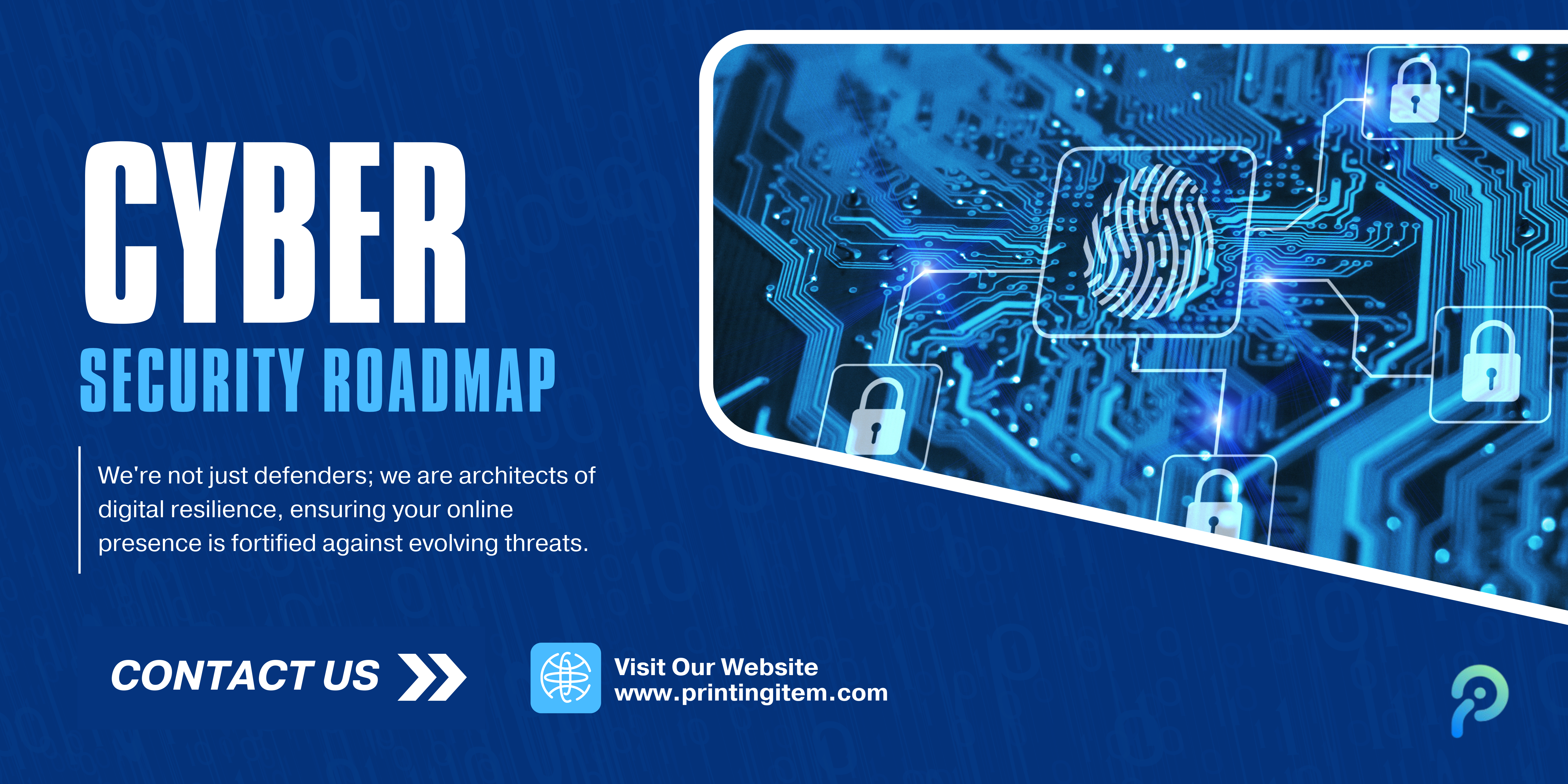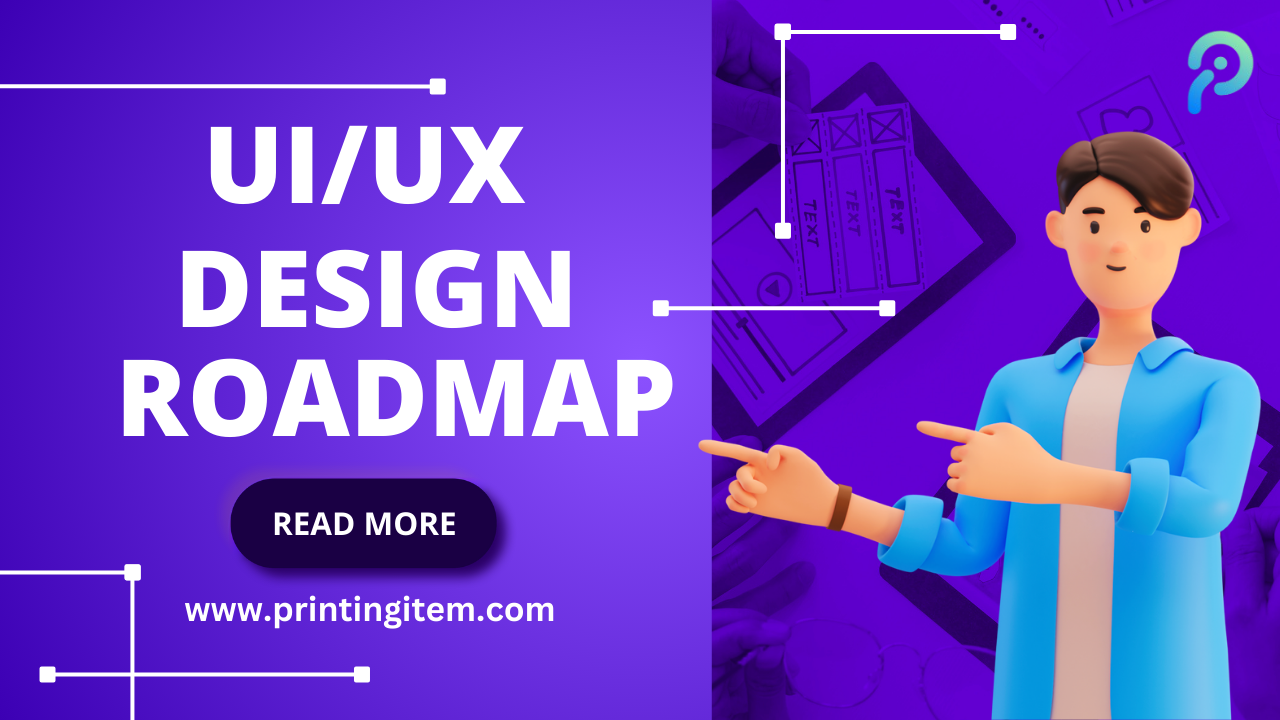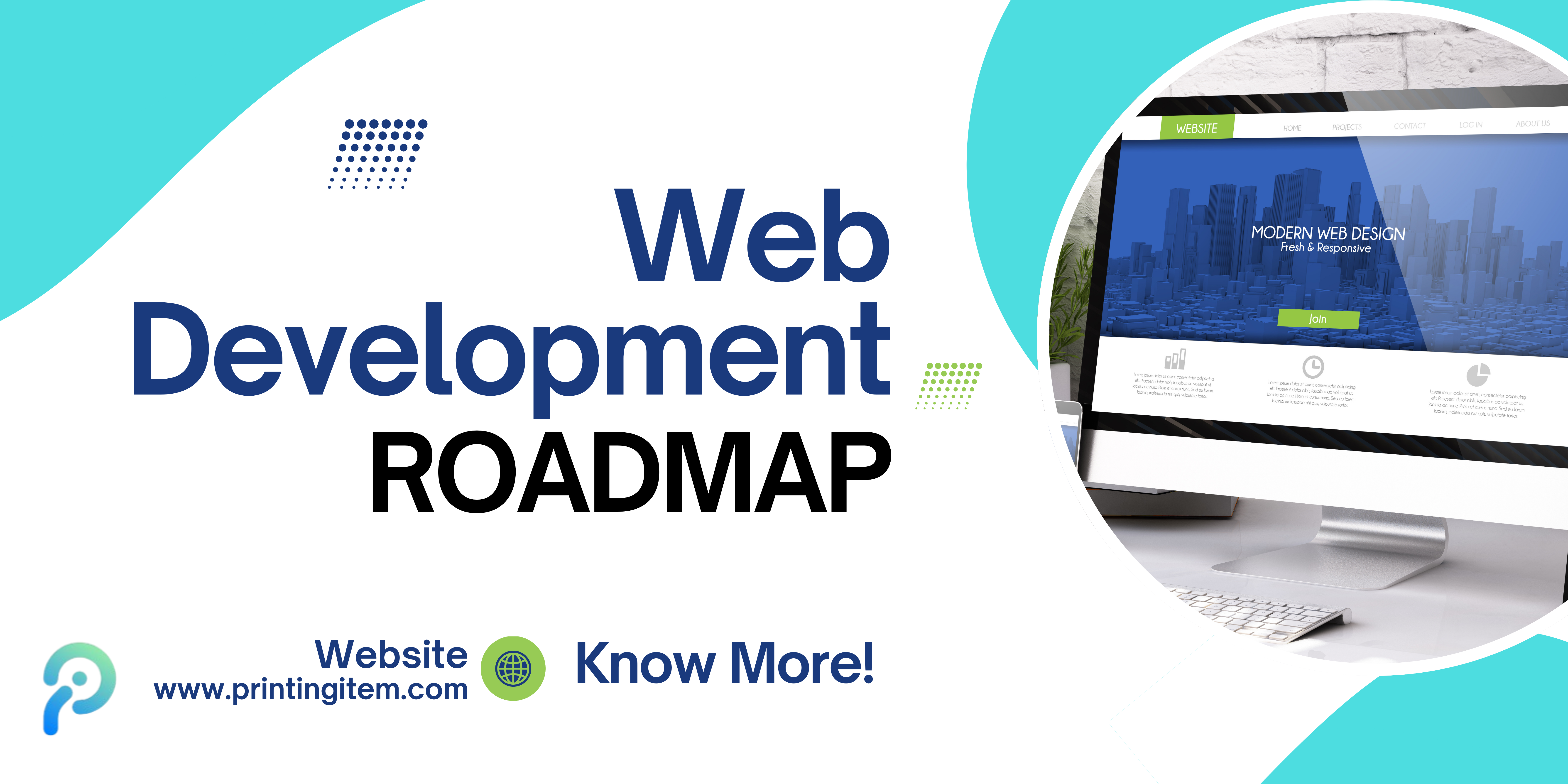
A roadmap to web development can help you with the different stages involved in learning and building web applications. Here's a step-by-step guide:
Step 1: Understand the Basics
HTML: Learn how to structure the web pages. Learning elements, tags, attributes, and semantic HTML.
CSS: Learn how to style web pages. Understand the box model, layouts, responsive design, and CSS frameworks.
JavaScript: Get acquainted with basic programming concepts, DOM manipulation, and event handling.
Step 2: Gain Foundation Skills
Version Control: Git for version control, to track changes in projects. Understand the use of platforms such as GitHub.
Command Line Basics: Know the basic usage of the command line to navigate your system and run scripts.
Step 3: Higher Learning of Frontend Development
Advanced JavaScript Concepts: ES6+ features, asynchronous programming - Promises and async/await, and modules.
Frontend Frameworks: Learn popular frameworks or libraries, for instance, React, Angular, or Vue.js. Know about component-based architecture.
State Management: Learn state management solutions, for example, Redux, Vuex.
Step 4: Learn About Backend Development
Know a Language: Learn a backend language in Node.js, JavaScript, Python with Django or Flask, Ruby with Rails, or PHP.
Databases: Learn SQL (MySQL, PostgreSQL) and NoSQL (MongoDB). Learn the interaction of working with databases.
APIs: Learn the creation and consumption of RESTful APIs. Learn about JSON and API authentication methods, OAuth and JWT.
Step 5: Full-stack Development
Integrating Frontend and Backend: Development of full-stack applications, covering the integration of frontend frameworks with backend services. Authentication Implementation of user authentication and authorization, including sessions, cookies, JWT, etc.
Step 6: DevOps Basics Deployment Learn web hosting options
shared, VPS, and cloud; learn deployment processes. CI/CD Understand concepts around Continuous Integration and Continuous Deployment. Containerization Get familiar with Docker and the basics of container orchestration.
Step 7: Security Best Practices
Web Security Essentials: Understand the common security attacks like XSS, CSRF, SQL injection, and mitigation techniques. SSL/TLS: Learn about the importance of HTTPS; enable SSL certificates.
Step 8: Performance Optimization and Testing Performance Optimization
Learn how to optimize web applications, including caching, lazy loading, and code splitting. Testing: Familiarize yourself with unit tests, integration testing with Jest, Mocha, and Selenium.
Step 9: Keep Your Knowledge Up-to-date and Network
Follow Trends: Learn about web development trends, tools, and best practices from blogs, podcasts, and newsletters. Join Communities: Participate in online forums, meetups, or social media groups associated with web development.
Step 10: Build Projects Personal Project
Put your knowledge into practice by creating personal projects, contributing to open-source projects, or making a portfolio. Collaboration: Work on group projects or freelance to get real-world experience.
Conclusion
A roadmap for learning web development is flexible and should be molded by your interest and career goals. The more you learn continuously and keep building projects, the more your skill improves, and that helps you stay relevant in the ever-changing landscape of tech.






